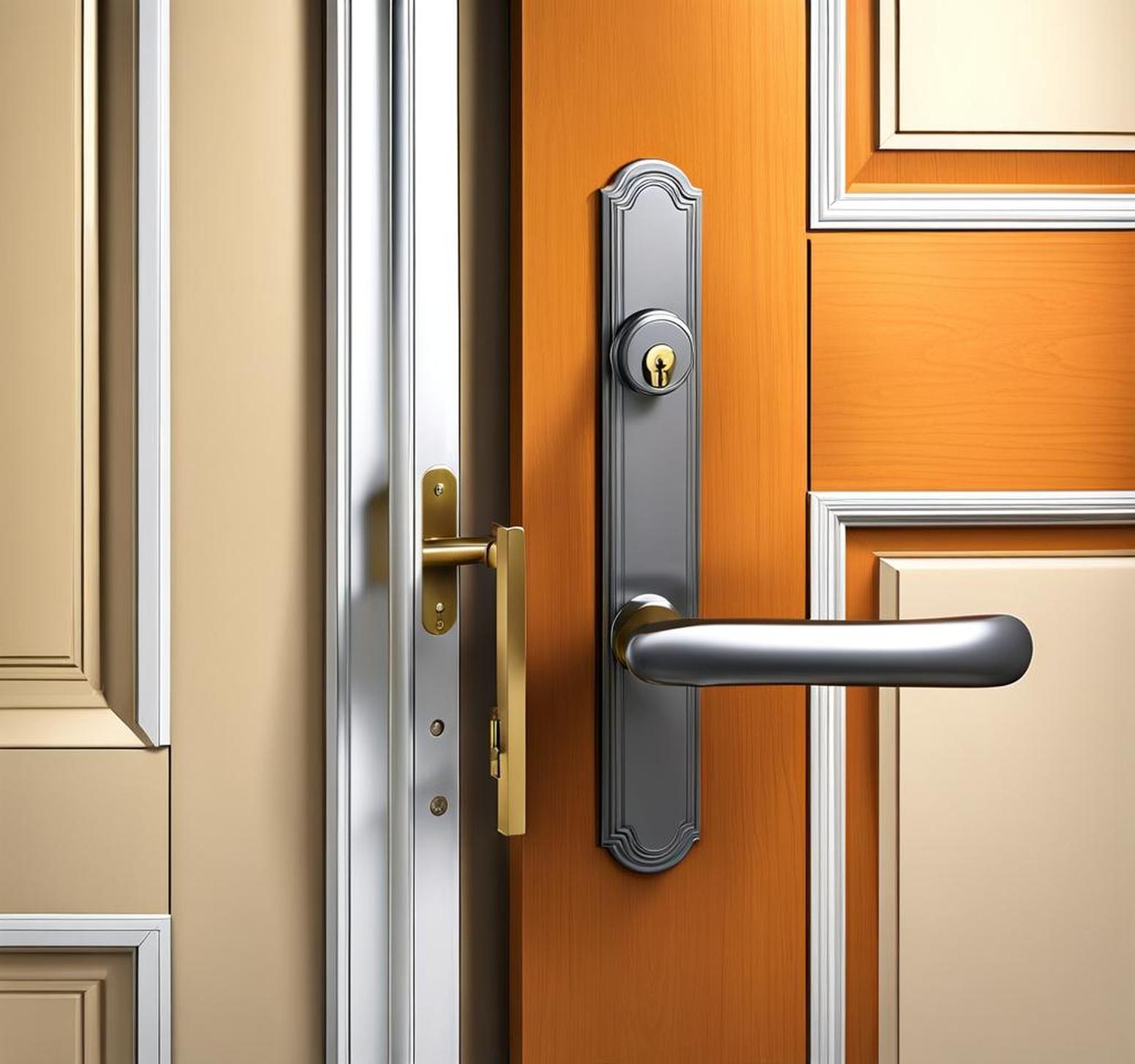Have you ever needed to temporarily secure a bedroom door but lacked a proper lock? Makeshift barricades can be surprisingly effective when used correctly. While barricading should not replace locks long-term, these tips can help in a pinch!
When You Might Need to Barricade a Bedroom
There are a few situations where barricading a bedroom quickly could be useful:
- Keeping young kids or pets secured in a room when supervision is difficult
- Deterring access from threatening individuals if feeling unsafe
- Preventing break-ins by reinforcing entrances if locks fail
- Allowing someone privacy to focus without distractions if needed
In these cases, a makeshift barricade adds an extra layer of security when locking bedroom doors from the outside isn’t possible. However, take caution – barriers shouldn’t replace locks long-term as they can always be circumvented by force.
Dangers and Legalities of Confinement
Before barricading any room, consider both safety issues and legal constraints:
- Preventing emergency egress may violate fire codes or endanger occupants.
- Unlawful confinement, even of one’s own children, may incur legal penalties.
- The confined person should consent to temporary barricading when possible.
Assess risks before creating barricades, and never attempt to permanently confine someone against their will. Communication, mutual agreement and occasional supervision are key.

Ready-Made Door Barricade Products
For convenient, non-damaging options, several commercial products can temporally barricade doors:
- Portable door stop wedges made of rubber or plastic slide under doors, preventing opening.
- Adjustable door security bars firmly lodge between floors and door frames with tension pressure.
- Temporary door locks and latches attach to existing handles and deadbolts to resecure doors.
- Travel door alarms and chimes alert you if someone enters while you’re away.
Affordable and easy to install, these handy tools add removable security layers without permanent modification.
Improvising Household Barricades
Without commercial products, many commonly available household items can also brace doors shut:
- Wedging objects under doors like rubber doorstops, folded cardboard or folded wedges of wood.
- Anchoring furniture against doors such as bookcases, cabinets and desks.
- Blocking doors with stacks of heavy items like boxes, containers or bags of soil/sand.
- Tying belts, ropes or cords around handles then anchoring their ends to radiators, pillars or sturdy furniture.
The key is ensuring enough tension, weight and friction to prevent the door from being shoved open. Test any barricade before relying solely upon it.
Where to Position Your Barricade
For maximum integrity against force, barricades should:
- Brace along entire door frame edges , not just the handle/lock area.
- Wedge angled between door edges and floor to prevent lifting.
- Reinforce all potential access points like pet doors or movable transom windows.
Ideally, the barricading objects or anchors should be immovable. Frame bracing is also more secure than only blocking the handle.
Barricade Materials to Avoid
When selecting household objects to barricade with, avoid anything that:
- Could easily collapse or shift like lightweight chairs/shelves.
- Is flimsy like fabric or cardboard that tears easily.
- Can be easily dislodged like a yardstick or baseball bat.
- Causes permanent damage or holes inside the room.
Prioritize heavy, sturdy items that wedge firmly and brace entire door frames. Ensure no materials block emergency egress routes inside.
Checking Your Makeshift Barricade
Once a barricade is erected, be sure to:
- Test its strength by attempting to shove the door open.
- Check for potential gaps allowing any entry access.
- Monitor it frequently for issues like shifting or damage.
Don’t assume household object barricades are foolproof. Make adjustments to reinforce them if you have any doubt.
When to Remove the Barricade
As barricades are only intended for temporary, emergency use, establish rules regarding their removal:
- Define specific schedules or conditions allowing the confined person to exit.
- Use barricades only for defined short-term periods , not indefinitely.
- Ensure the confined person understands how to remove the barricade from inside when permitted.
- Allow immediate removal during emergencies like fires.
Through clear communication and briefing occupants, balance security with safety assurances when utilizing homemade barricades.
While makeshift barricades shouldn’t replace locks long-term, they can provide emergency security if bedroom doors can’t be locked from the outside conventionally. Use weight, pressure and friction to brace household objects across entire door frames for best results. However, also consider legal issues and safety hazards before barricading rooms, even temporarily. Establish clear rules allowing the confined person to exit when permitted to balance security and consent. With some clever improvising and frequent monitoring, household items can quickly secure bedroom doors quite effectively!
